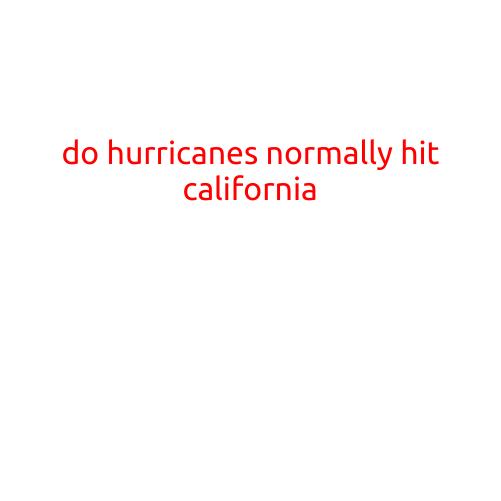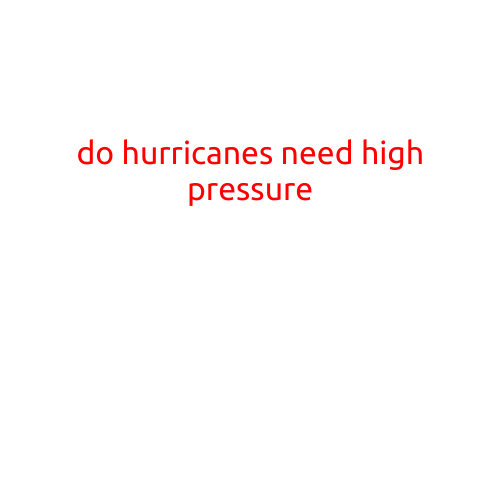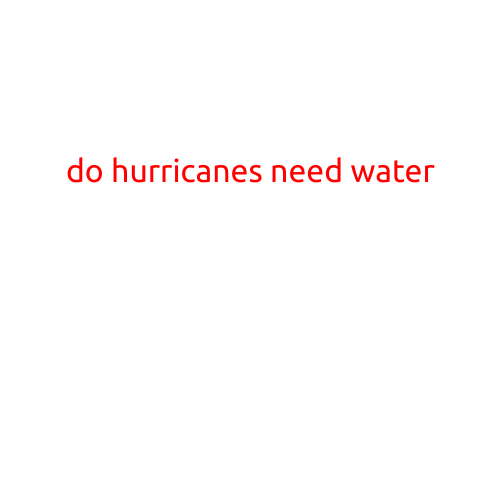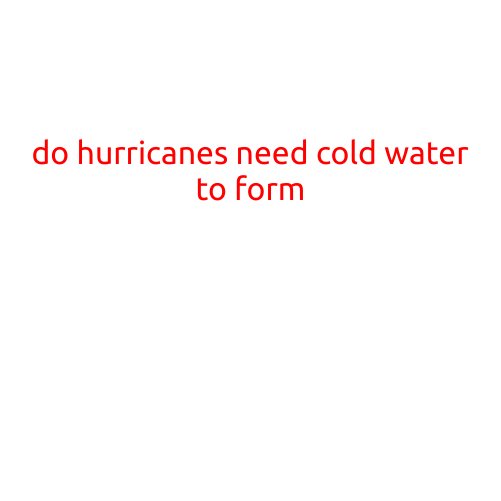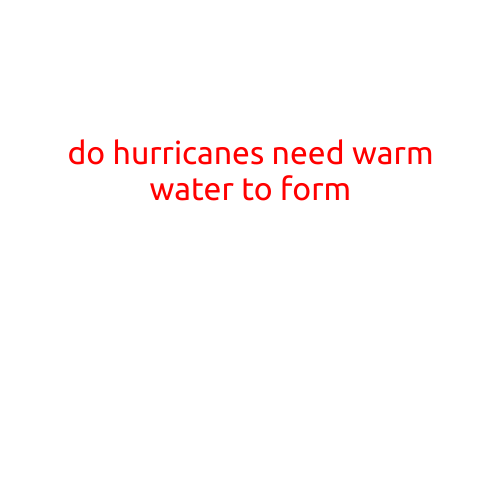
Can Hurricanes Occur Outside of Hurricane Season?
Hurricane season is a designated period each year when the Atlantic Ocean and the Caribbean Sea are more prone to hurricane activity. In the Atlantic, the official hurricane season runs from June 1 to November 30, while in the Eastern Pacific, it spans from May 15 to November 30. However, it’s not uncommon for hurricanes to form outside of these designated periods. In fact, hurricanes can occur at any time of the year, regardless of the official season. In this article, we’ll explore the possibility of hurricanes occurring outside of hurricane season and what factors contribute to their formation.
What Causes Hurricanes to Form Outside of Hurricane Season?
While hurricanes are more likely to occur during the official season, other factors can lead to their formation outside of these periods. Some of the key contributors include:
- Temperature and ocean heat: Hurricanes need warm ocean waters (at least 26.5°C or 80°F) to develop and sustain themselves. If the ocean temperatures are too cool, hurricanes are less likely to form. However, in certain regions, like the Indian Ocean or the South Pacific, the ocean temperatures can remain warm enough for hurricanes to form year-round.
- Weather patterns: Certain weather patterns, such as high-pressure systems, can influence the formation of hurricanes. These patterns can create conditions that are conducive to hurricane activity, even outside of the official season.
- El Niño and La Niña: El Niño-Southern Oscillation (ENSO) events, such as El Niño and La Niña, can impact global weather patterns and contribute to hurricane activity. El Niño events tend to reduce hurricane formation in the Atlantic, while La Niña events can increase the likelihood of hurricanes in the Pacific.
- Other oceanic factors: Oceanic factors like wind shear, upper-level divergence, and the position of the Intertropical Convergence Zone (ITCZ) can all impact hurricane formation and activity.
Examples of Hurricanes Forming Outside of Hurricane Season
While hurricanes are more rare outside of the official season, there have been notable instances where they have formed and caused damage. Some examples include:
- Hurricane Alex (2004): This tropical cyclone formed in January 2004 in the Atlantic Ocean and intensified into a hurricane before making landfall in the Azores.
- Hurricane Otto (2016): This storm formed in November 2016 in the Eastern Pacific and made landfall in Costa Rica as a Category 1 hurricane.
- Cyclone Idai (2019): Although not a traditional hurricane, this cyclone formed in March 2019 in the Indian Ocean and caused widespread devastation in Mozambique, Zimbabwe, and Malawi.
Conclusion
While hurricanes are more likely to occur during the official season, they can and do form outside of these periods. Understanding the factors that contribute to their formation, such as temperature and ocean heat, weather patterns, ENSO events, and other oceanic factors, is crucial for predicting and preparing for hurricane activity.
By acknowledging the possibility of hurricanes occurring outside of hurricane season, we can better prepare for and respond to the impacts of these powerful storms, regardless of the time of year.
